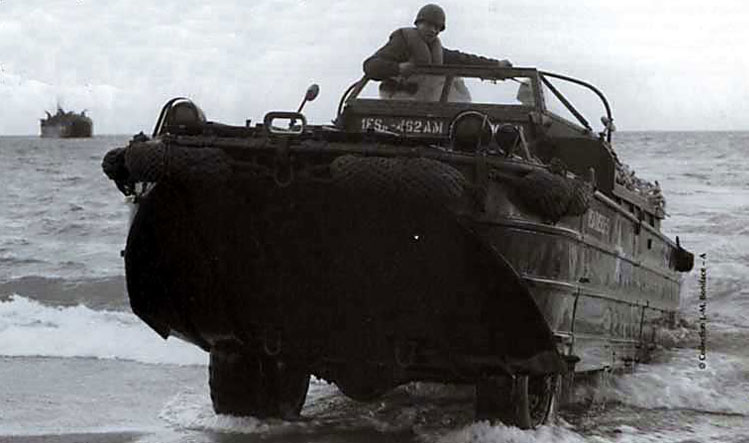From DUKW to DUCK. A Brief History
Did you know the designation of DUKW is not a military pun – the name comes from the terminology used for military vehicles in World War II; the D indicates a vehicle designed in 1942, the U meant “utility (amphibious),” the K indicated all-wheel drive and the W indicated two powered rear axles.
Although technically a misnomer, DUKWs are often referred to as duck boats. Another popular nickname was old magoo or simply magoo. Though the origin of this term is unknown, it probably refers to the odd shape of the vehicle.
DUKWs became known as “Ducks” and are still in use, as well as purpose-built amphibious tour buses, primarily as tourist transport in harbor and river cities.

The DUKW (Presently known as “Duck”) was developed by the National Defense Research Committee and the Office of Scientific Research and Development. It was initially rejected by the armed services. When a United States Coast Guard patrol craft ran aground on a sandbar near Provincetown, Massachusetts, an experimental DUKW happened to be in the area for a demonstration. Winds up to 60 knots (110 km/h), rain, and heavy surf prevented conventional craft from rescuing the seven stranded Coast Guardsmen, but the DUKW had no trouble, and the military opposition melted. The DUKW would later prove its seaworthiness by crossing the English Channel.
